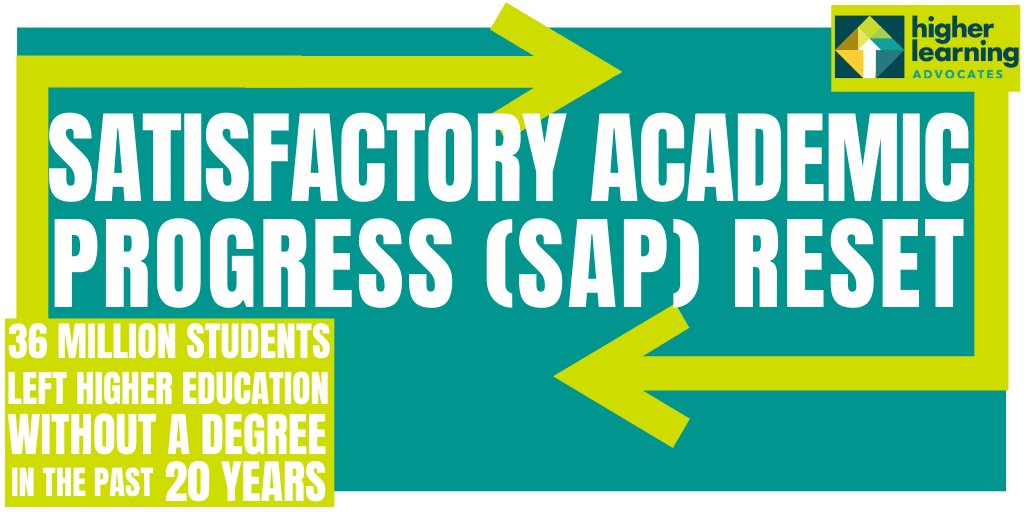Policy Reports
The Playbook for Today’s Students
Higher learning is the ticket to economic opportunity for Americans, as well as to rebuilding our country’s economy. But we are failing too many of today’s students. Fewer than 67% of Americans enter a higher education program, and of those, only 60 percent finish with a credential. A large-scale overhaul of higher education policy is…
What Works for Today’s Students: Increasing Diversity at Selective Institutions
Low-income, Black, and Latinx students are underrepresented at selective colleges and universities. Only 34 percent of low-income students with high standardized test scores will enroll at the nation’s most selective colleges, compared to 78 percent of students in the highest economic quartile. And only 19 percent of Black and Latinx students with high test scores…
Using Earnings Metrics for Accountability
By Robert Kelchen, Associate Professor, Seton Hall University Commissioned by Higher Learning Advocates The main reason why most students go to college is for a better future, including better labor market outcomes and higher wages. A national survey of full-time students entering four-year colleges shows that 85 percent of respondents considered getting a better job…
Policy Brief: Expand the Child and Dependent Care Tax Credit to Include Student Caregivers
Access to affordable child care is crucial for families: In 2010, fewer than one-third of children had a full-time stay at home parent, and the majority of children under five received child care from someone other than a parent. At the same time, data from the 2014 Survey of Income and Program Participation (SIPP) show…
What Works for Today’s Students—Satisfactory Academic Progress Reset
Over the past 20 years, 36 million students have enrolled in higher education but have not finished a degree. Although today’s students are completing college at higher rates than before, four out of ten students still do not earn a degree within six years. Download our new policy brief, What Works for Today’s Students—Satisfactory Academic Progress Reset,…
Policies Impacting Today’s Part-Time Students
Today’s students are more diverse than previous generations. Twenty-four percent are parents, 37 percent are older than 25, 49 percent are financially independent, and 42 percent are students of color. About 40 percent of today’s students attend part-time. Unfortunately, the current higher education system — and the policies that govern it — can result in…
What Works for Today’s Students—Microgrants
Currently, only about half of students who enroll in college graduate within eight years of beginning their studies. Microgrants can help to increase this number. Download our new policy brief, What Works for Today’s Students—Microgrants, to learn more about how microgrants are working to support today’s students, the challenges institutions encounter in funding emergency grant…
Outcomes-Based Accountability: Holding Institutions Accountable for Successful Student Loan Repayment
Today’s students’ loan debt totals over $1.5 trillion, and more than 1 million students default on loans each year. With this astronomical amount of student loan debt that continues to rise, students should be assured that the institutions they’re attending are providing high-quality student outcomes. Unfortunately, that is not what’s happening. Outcomes-Based Accountability: Holding Institutions…



